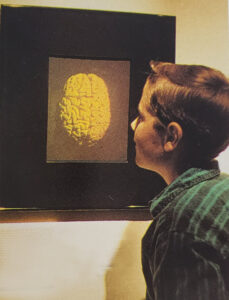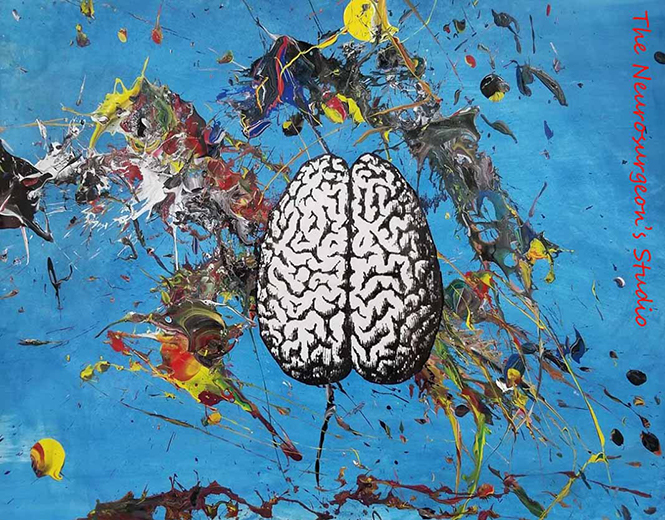Thirty years ago, I begged a group of artists at the Museum of Holography to collaborate in the creation of a brain hologram. I promised them I could deliver a brain if they would operate the pulsed ruby laser to produce the three-dimensional image. They listened skeptically while I described my inspiration for the hologram. “Earthrise,” the 70 mm film photograph taken on Apollo 8, would serve as the reference image, with the brain replacing earth. The holographers, knowing the challenges of this medium, were more earthbound than me at the prospect.

However enchanting, holography was unwieldy and time-consuming. Even now, the task of producing a true three-dimensional image without stereo glasses, optical goggles or helmets requires expertise in both laser physics and three-dimensional art. Like film photography, holography is an analog medium. There is no editing after the laser fires and the only way to correct an error is to start over.
Despite these challenges, our first hologram, “BrainRise” was so crisp you could cut it with a scalpel. Exceeding our imaginings, that 3D brain was a human self-portrait. We believed we were looking at the future.
Though dozens of brain and craniofacial holograms followed, none were quite as captivating as BrainRise. Earthrise also stood out amongst the other Apollo photographs and added the title of artist to astronaut William Ander’s resume. The brain hologram project taught me to trust my creativity to happenstance.
Occasionally, a singular vision emerges out of deep space to silence us for a long moment. Whether created by a laser’s firing or captured on a space journey, no amount of digital finesse could have designed that image. On an artistic high, we become overconfident until unable to replicate it, we fall floundering back to earth. Analog keeps you humble.
doc_ambidexter on Instagram
View this post on Instagram
View this post on Instagram







